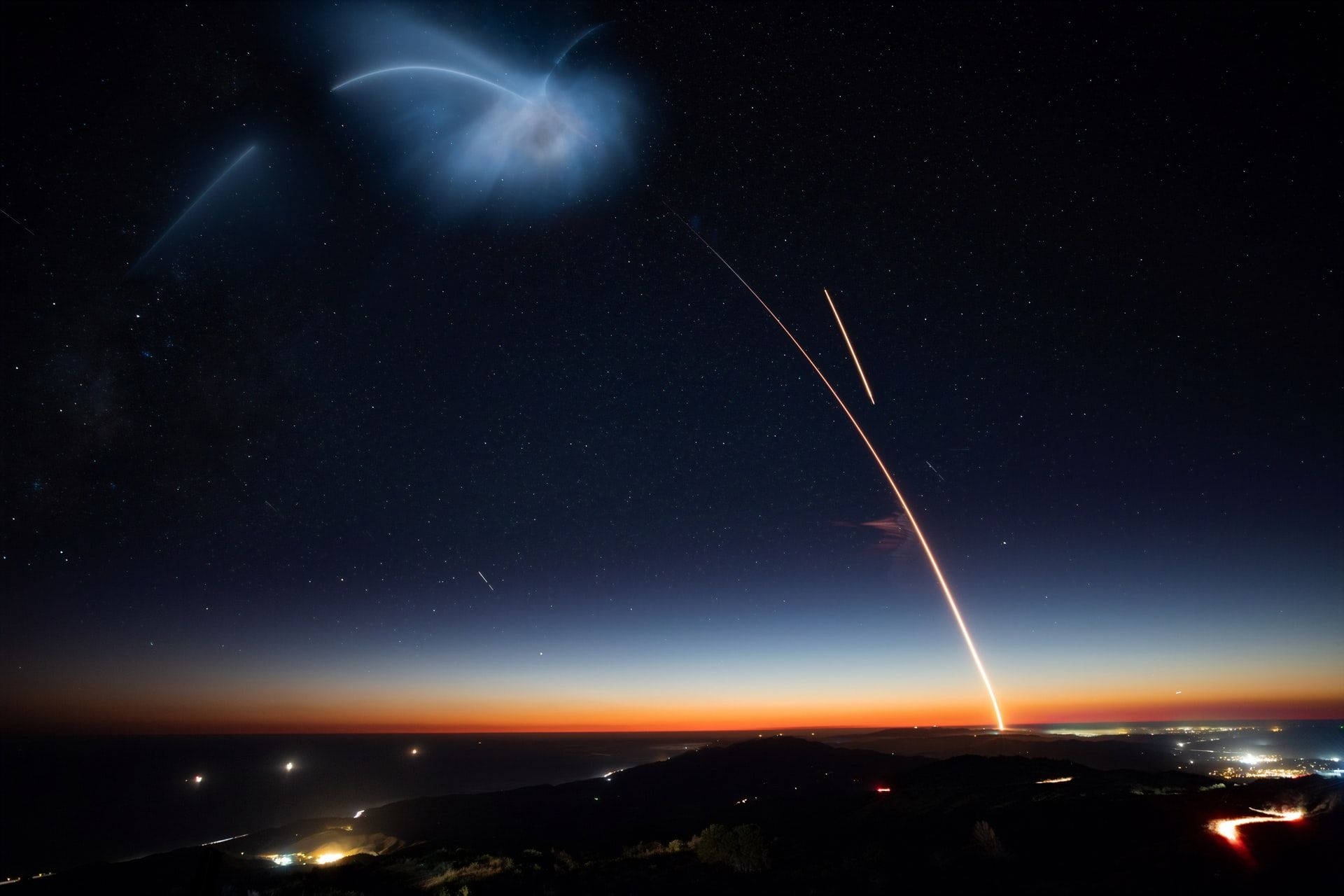
ITU and space: Ensuring interference-free satellite orbits in LEO and beyond
By ITU News
Alexandre Vallet, Head of Space Services at the International Telecommunication Union (ITU), spoke with ITU News about supporting a sustainable space environment and managing radio-frequency spectrum for growing numbers of satellites.
Imagine a company wants to launch 10,000 satellites into low-Earth orbit, or LEO. How does the approval process work?
First, they have to contact the licensing authority of the responsible government institution in their country and submit what’s called a filing – a kind of application – for the system.
Once the institution has approved the filing for operation of the proposed system, it submits the necessary frequency requests to ITU in accordance with the provisions of the international treaty governing the use of radio frequencies, called the Radio Regulations.
So ITU doesn’t approve satellites before they can be launched into low-Earth orbit?
ITU does not approve single satellites or constellations, per se, but manages the international coordination, notification and recording of the specific radio frequencies transmitted and received by satellites.
Every satellite includes at least one radio-frequency component. Part of our mandate is to help ensure these satellite systems can operate in outer space, without interfering with each other or with other radio systems.
What is the role of ITU in collision avoidance for satellites and space debris?
The key objective of the ITU Radio Regulations is the avoidance of harmful radio interference. ITU, therefore, only addresses the use of radio frequencies. It does not regulate or manage any other aspects of physical objects, such as satellites, that are put into space. Within the United Nations system, such issues are discussed by the Committee on the Peaceful Uses of Outer Space (COPUOS), for which the UN Office for Outer Space Affairs (UNOOSA) acts as its Secretariat.
Where does ITU come into the satellite frequency coordination process?
The ITU satellite frequency registration process is the mechanism whereby an ITU Member State files a description, indicating the radio frequencies its satellite operators plan to use in a project. The ITU Radiocommunication Bureau then checks whether this description conforms with the Radio Regulations, which also govern the use of radio frequencies in outer space.
ITU maintains a Master International Frequency Register (MIFR) that contains all radio frequency assignments in use in space.
Whenever Member States file their planned use of radio frequencies for satellite networks, the Radiocommunication Bureau publishes the description and its findings, so that other ITU Member States can reference these.
Why might other Member States need to reference satellite filings?
The other Member States might be concerned that the proposed satellite project could cause harmful interference in their existing systems, including those only submitted as plans to ITU. In either case, they would contact the initiating ITU Member State to discuss technical solutions bilaterally, with the goal of ensuring that both systems can co-exist without interfering with each other.
During such bilateral discussions, both sides need to make every possible mutual effort to overcome the difficulties, in a manner acceptable to the parties concerned.
Is it fair to say satellite licensing and approval falls under the authority of Member States?
Yes. It is the ITU Member States who license satellite systems, in order to ensure that satellite operators follow the rules and conditions contained in the Radio Regulations and abide by the outcome of the aforementioned bilateral discussions. They may also impose additional, domestic rules that do not contradict the Radio Regulations, to which each Member State is bound.
Can countries ‘reserve’ spectrum for satellites in LEO, without actually using it?
This is referred to as “warehousing” radio-frequencies. It means entities reserve spectrum and associated orbital resources, but may not go on to use them. The reserving entity can thereby prevent other parties from using resources to which all Member States should have equitable access.
To avoid this, satellite filings must be used within a certain timeframe – seven years from the date of receipt of the request. Otherwise, their validity expires.
Another measure aimed at preventing radio-frequency spectrum warehousing was approved by ITU Member States at the 2019 World Radiocommunication Conference. This is a milestone-based process, whereby non-geostationary satellite systems must deploy 10 per cent of their constellation within two years after the end of the current regulatory period for bringing into use, 50 per cent within five years, and then complete the deployment within seven years.
Can we expect LEO or other satellite orbits to come up at the next World Radiocommunication Conference in 2023?
There are several agenda items related to satellites that WRC-23 will consider, including but not limited to:
- Studying and developing technical, operational and regulatory measures, as appropriate, to facilitate the use of the frequency bands 17.7-18.6 gigahertz (GHz), 18.8-19.3 GHz, and 19.7-20.2 GHz for space-to-Earth transmissions, and 27.5-29.1 GHz and 29.5-30 GHz for Earth-to-space transmissions, by non-geostationary orbit, fixed-satellite service earth stations in motion, while also ensuring due protection of existing services in those frequency bands;
- Determining and carrying out,on the basis of ITU Radiocommunication Sector (ITU-R) studies, the appropriate regulatory actions for inter-satellite links in specific frequency bands, or parts of them, by adding an inter-satellite service allocation where appropriate;
- Considering studies relating to spectrum needs, along with potential new allocations for mobile-satellite service, for the future development of narrowband mobile-satellite systems.
There is also an agenda item under which the Conference will consider possible changes to the advance publication, coordination, notification and recording procedures for frequency assignments pertaining to satellite networks.
The upcoming WRC-23 will be pivotal. It will ensure the continued facilitation of rational, efficient and economic use of radio-frequencies and any associated orbits, including LEO.
Learn more about the coordination and notification process for satellites.
Image: Argentina’s CONAE (Comisión Nacional de Actividades Espaciales) space agency launches the SAOCOM-1A satellite into space on the back of a SpaceX Falcon 9 rocket. The satellite’s overall objective is to provide Earth observation and disaster monitoring capabilities. Credit: SpaceX via Unsplash
